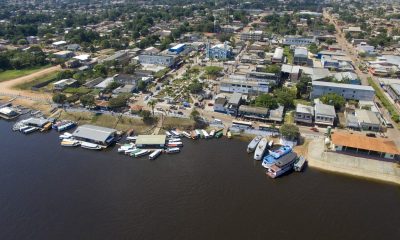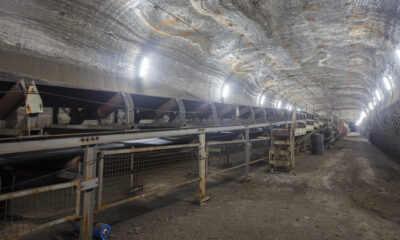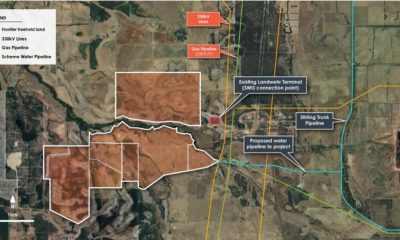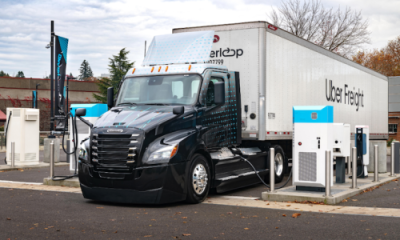Energy & Critical Metals
Sibanye-Stillwater’s mine closure strategy contributes to sustainability
Over several decades of mining, companies have contributed immensely to the establishment and support of communities and mining towns around many mining…
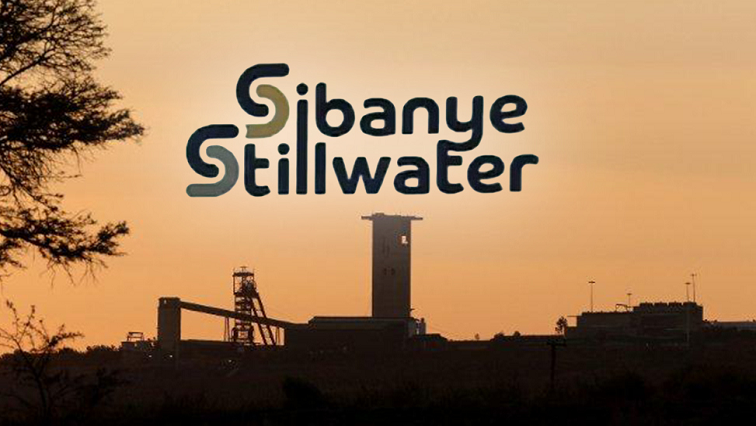
Over several decades of mining, companies have contributed immensely to the establishment and support of communities and mining towns around many mining operations. This has unintentionally created a culture of dependency for livelihoods on mining companies, with little or no economic prospects for these communities post-mining.
The closure of mines will undoubtedly create a void in these communities’ economic viability and social fibre, which, if not managed proactively and deliberately, will lead to an economic and social decline in the directly affected municipalities and, ultimately, the mushrooming of so-called ‘ghost towns’.
As a responsible mining company that strategically sets itself out to be recognised as a force for good, creating superior shared value and building pandemic-resilient ecosystems for all stakeholders, Sibanye-Stillwater aims to create sustainable post-mining closure scenarios within the communities and regions in which it operates. The company has therefore committed to planning and designing for closure in consultation with stakeholders and authorities to establish regional fit-for-purpose post-mining scenarios that pivot on alternative economies and leveraging its mining infrastructure and assets to benefit society in the long term.
Sibanye-Stillwater’s approach to mine closure
Sibanye-Stillwater is a member of the International Council on Mining & Minerals (ICMM), and the company has adopted the ICMM’s approach to closure planning into its closure planning strategy. This is a step-change and departure from the standard and traditional approaches to mine closure, such as:
- initiating closure planning only towards end-of-life of mine – which proved to be way too late
- little or no consultation on closure planning with a broad range of stakeholders and interested and affected parties
- closure planning pitched at site-level without taking into account regional closure considerations
- closure seen as an environmental process rather than a broader social closure project.
Sibanye-Stillwater actively endeavours to elevate its approach to closure planning at its operations from ‘business as usual’ and the standard, traditional industry norm, to that of active corporate citizenship and land stewardship.
The ICMM’s deploys an integrated planning approach that takes the entire life cycle of a mine into account when planning for closure. Accordingly, closure planning should be incorporated into the earliest stages of mine planning, even as early as exploration, to identify risks and opportunities and to manage those proactively throughout the mining life cycle to ensure successful mine closure at the mine’s end of life. Sibanye-Stillwater has therefore developed its own internal policies and procedures on closure, which are aligned with the ICMM’s guidelines and principles, designed to ensure that Sibanye-Stillwater’s operations are closed in a safe, sustainable and socially responsible manner.
Sibanye-Stillwater’s closure vision is to create an agreed-on, safe, stable, non-polluting and aesthetically aligned regional post-mining solution, which includes, among others, socio-economic upliftment, stable post-mining alternative economies (that are independent of mining) leading to sustainable livelihoods, as well as overall sustainability of both natural and social ecosystems.
Central to this vision is the repurposing and reuse of mining infrastructure and assets where practical and sustainable, the use of rehabilitated mine land for renewable energy power generation, integrated agricultural projects on land previously owned by Sibanye-Stillwater, as well as the establishment of integrated industrial parks and special economic zones in partnership with local and national government and other vested stakeholders, that would further enable and boost post-mining economies and ecosystems.
Sibanye-Stillwater therefore investigates and implements sustainable solutions that will, for example, deliver clean water to local and regional catchments (through functional and well-maintained wastewater and potable water treatment systems, further enhanced by passive water treatment systems and restored wetlands and river systems where applicable), and renewable energy such as solar PV plants and green hydrogen facilities into localised power grids. In addition, the proposed Bokomosa Ba Rona agricultural hub on the West Rand and the proposed animal husbandry at the Beatrix Operation in the Free State are some of the opportunities and initiatives being considered for feasibility and implementation.
In so doing, when Sibanye-Stillwater’s mining operations reach their end of life, the company’s mine closure strategy will enable alternative economic activities to replace mining-led development. In addition, the social and environmental baseline conditions will improve to the extent that the regions in which Sibanye-Stillwater operates will contribute to sustainable livelihoods that are in harmony with nature.
Steps to establish a detailed strategy
Mine closure is a dynamic process and requires clearly defined steps to achieve the desired objective. For Sibanye-Stillwater, the first step involves establishing a baseline of the socio-economic status of the communities and the state of the natural environment in its areas of operation. Through the baselining process, the company obtains valuable information that provides insight into what is required to leave sustainable communities behind and to put a plan together that will create feasible, substitutive economies during the transitional phase to close the gap between (the cessation of) mining and (the kick-start of) alternative, post-mining economies. This process will make way for the development of a post-mining blueprint for all of Sibanye-Stillwater’s South African operations.
Sibanye-Stillwater’s mine closure strategy includes a detailed roadmap to closure planning, which entails:
- identifying regional closure planning jurisdictions
- identifying key stakeholders, which include local government, local communities, employees, other mining houses and industry players in the region, among others
- profiling the community’s key socio-economic development needs and assessing/addressing the socio-economic impact of operations
- leveraging mine infrastructure into sustainable solutions (land, wastewater treatment works, mine infrastructure, such as buildings, offices, stadiums)
- engaging stakeholders
- developing regional closure plans
- submitting plans to the DMRE for approval.
The final outcome of the above roadmap will culminate in parallel, mine-specific social closure planning processes and mine closure plans that will integrate and articulate Sibanye-Stillwater’s social closure strategy and its objective.
Creating a transitional phase to sustain post-mining economies
The land use scenarios for each of Sibanye-Stillwater’s operations focus on and demonstrably support the progressive establishment of transitional and, thereafter, alternative economies within the geographies in which Sibanye-Stillwater operates.
On a regional level, the identification of meaningful economic partnerships is seen as a critical success factor and a catalyst to create skills and opportunities, in an effort to reduce the transitional gap between active mining and post-mining activities. This process ties in with skills development priorities and operational local economic development programmes as stepping stones towards establishing feasible, substitutive longer-term initiatives.
Ultimately, Sibanye-Stillwater’s closure planning process aims to promote environmental sustainability, socio-economic upliftment, as well as the eradication of economic hardships and the legacy of mining ghost towns within its operational areas. “Our approach to social closure is a philosophy that endeavours to ensure that the value we create during our life of mine can be sustained well beyond mining. It is about contributing to sustaining livelihoods that relied on mining and transitioning seamlessly into post-mining economies,” says Thabisile Phumo, executive VP: Stakeholder Relations, Sibanye-Stillwater.
This article was first published in Inside Mining’s Sustainability Vol. 4 issue.
The post Sibanye-Stillwater’s mine closure strategy contributes to sustainability first appeared on Mining News.
renewable

Uranium Exploration Company Announces Additional Staking in the Athabasca Basin
Source: Streetwise Reports 12/22/2023
Skyharbour Resources Ltd. announced an update from its Canada-based Falcon Project along with additional…
Tesla Launches New Mega Factory Project In Shanghai, Designed To Manufacture 10,000 Megapacks Per Year
Tesla Launches New Mega Factory Project In Shanghai, Designed To Manufacture 10,000 Megapacks Per Year
Tesla has launched a new mega factory…
Giving thanks and taking stock after “a remarkable year”
An end-of-year thank you to our readers, industry colleagues and advertisers before Electric Autonomy breaks from publishing until Jan. 2
The post Giving…





